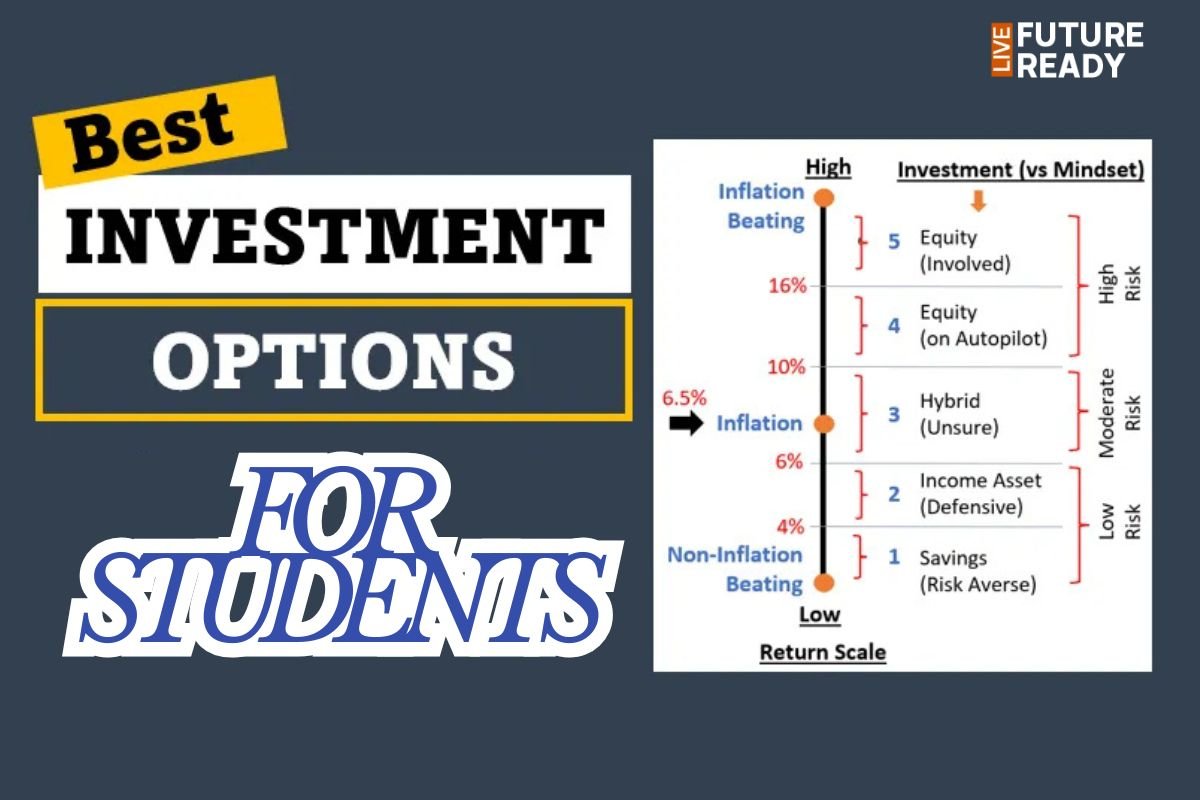Every morning, millions of people in India spend around ₹300–₹500 on a fancy coffee, a snack, or a quick meal out. But what if, instead of spending that money daily, you invested it smartly through a systematic investment plan (SIP)? If you’ve ever wondered whether your daily expenses are hurting your future financial goals, this blog is for you. Let’s compare: Coffee vs SIP investment. Where should your ₹500 go every day?
What Is a SIP?
A Systematic Investment Plan (SIP) is a popular investment strategy that allows you to invest a fixed amount regularly (daily, weekly, or monthly) into mutual funds. It’s one of the most effective and low-risk ways to grow wealth over time—especially for beginner investors starting with a small investment amount. Investing in a SIP plan provides a systematic approach to building your financial security over time. Understanding what SIP is and how it works is crucial for making informed investment decisions.
The Coffee Habit: What It Really Costs
Let’s say you spend ₹500 every day on coffee, snacks, or eating out.
-
₹500 x 30 days = ₹15,000/month
-
₹15,000 x 12 months = ₹1,80,000/year
-
₹1,80,000 x 10 years = ₹18,00,000
Now imagine doing this for 20–30 years—it adds up to a massive amount spent on short-term pleasure, potentially delaying your long-term financial goals and investment planning objectives.
What If You Invested ₹500 Daily via SIP?
If you invested ₹500 every day (₹15,000/month) in a SIP mutual fund with an average annual return of 12%, you’d be harnessing the power of compounding. This is how your SIP performance could look:
-
After 5 years: ~₹13 lakhs
-
After 10 years: ~₹35 lakhs
-
After 20 years: ~₹1.5 crores
That’s the power of compound interest—your money works for you while you sleep, potentially leading to significant wealth accumulation over time. This systematic investment approach can help you achieve your investment objectives more effectively than trying to time the market.
But It’s Not About Skipping All Enjoyment
The point isn’t to stop buying coffee or eating out entirely—it’s about balance and priorities in your financial planning.
-
Enjoying a treat occasionally is fine.
-
But daily indulgence can silently kill your savings and delay important financial goals like:
-
Buying a house
-
Starting a business
-
Traveling the world
-
Retirement planning
-
You can start with ₹100 or ₹200 SIPs too—no need to wait until you can invest ₹500 daily. The key is to begin your investment journey and maintain financial discipline. SIP investment plans offer flexibility for various investment options based on your risk appetite.
How to Start a SIP Today
-
Pick a goal: Retirement, travel, education, etc.
-
Choose a reliable platform: Groww, Zerodha Coin, Paytm Money, etc.
-
Select mutual funds: Look for long-term equity funds or balanced funds
-
Set auto-debit: So your investment is consistent
-
Start small and stay disciplined
Even ₹100/day invested through a systematic investment plan can become ₹10+ lakhs in 10 years, thanks to the power of compounding and a systematic investment approach. Before investing, ensure you complete the necessary KYC compliance requirements and set up your investment account.
Imagine This Scenario
You’re 25. You choose SIP over coffee.
By 35, you have ₹35 lakhs. By 45, you’re nearing ₹1 crore. Your friends? Still waiting for salary day.
That’s the difference between spending and investing through systematic investment plans.
Also Read: Key Skills for 2025 Hiring: Don’t Miss These!
Benefits of SIP Investing
-
Rupee Cost Averaging: SIPs help you navigate market volatility by averaging out your purchase price over time.
-
Disciplined Investing: Regular investments foster investment discipline and good money habits.
-
Flexibility: You can start with a small investment amount and increase it as your income grows.
-
Professional Management: Mutual fund schemes are managed by experienced fund managers who handle fund selection and portfolio management.
-
Diversification: SIPs in mutual funds provide exposure to various sectors and asset classes, aiding in risk management.
-
Tax Benefits: Depending on the type of fund, you may enjoy capital gains tax implications that are more favorable compared to other investment vehicles.
-
Adaptability to Market Conditions: SIPs allow you to invest consistently regardless of market conditions, potentially benefiting from both ups and downs.
SIP Types and Details
There are various SIP types to suit different investor needs:
-
Regular SIP: The most common type, where you invest a fixed amount at regular intervals.
-
Top-up SIP: Allows you to increase your investment amount periodically.
-
Flexible SIP: Lets you adjust your investment amount based on your cash flow.
-
Perpetual SIP: Continues indefinitely until you choose to stop it.
-
Trigger SIP: Automatically triggers investments based on predefined market conditions.
SIP Calculator: Plan Your Investment
Use an online SIP calculator to estimate your potential returns based on your investment amount, expected rate of return, and investment horizon. This can help you set realistic investment goals and choose the right SIP plan for your needs. Remember to consider factors like expense ratio and net asset value (NAV) when selecting funds for your SIP.
Final Thought
Ask yourself this every day: “Is this purchase bringing me closer to my financial goals—or pushing me further away?” There’s nothing wrong with treating yourself. But prioritizing your future through disciplined investing is the smartest habit you can build today. Next time you’re holding that ₹500 coffee, just remember—you could be holding the key to ₹1 crore instead.
Remember, successful investing isn’t about market timing, but about time in the market. Start your SIP journey today, and let the power of compounding work its magic on your financial future. Whether you’re considering a lump sum investment or monthly investments, SIPs offer a flexible and systematic way to build wealth over time.
About SIP, it’s important to note that it’s not just for equity funds. You can also invest in debt mutual funds through SIPs, providing a balanced approach to your investment portfolio. This diversification can help in managing risk while working towards your financial goals.




















